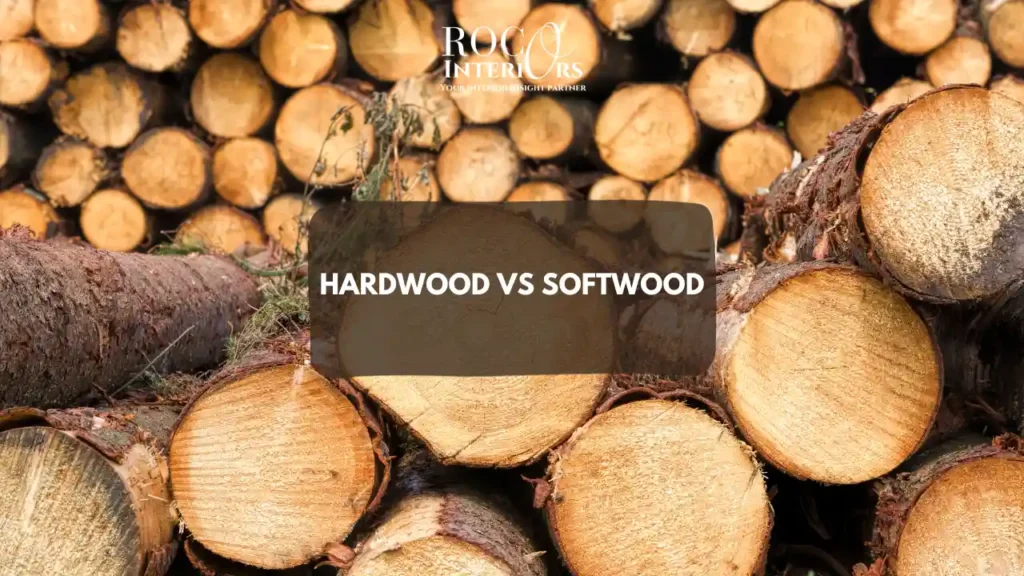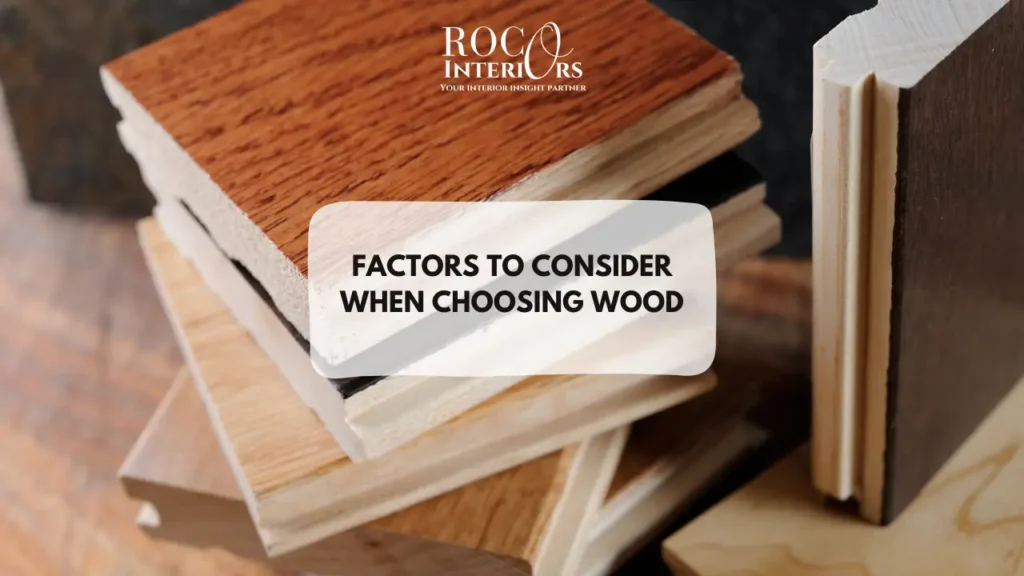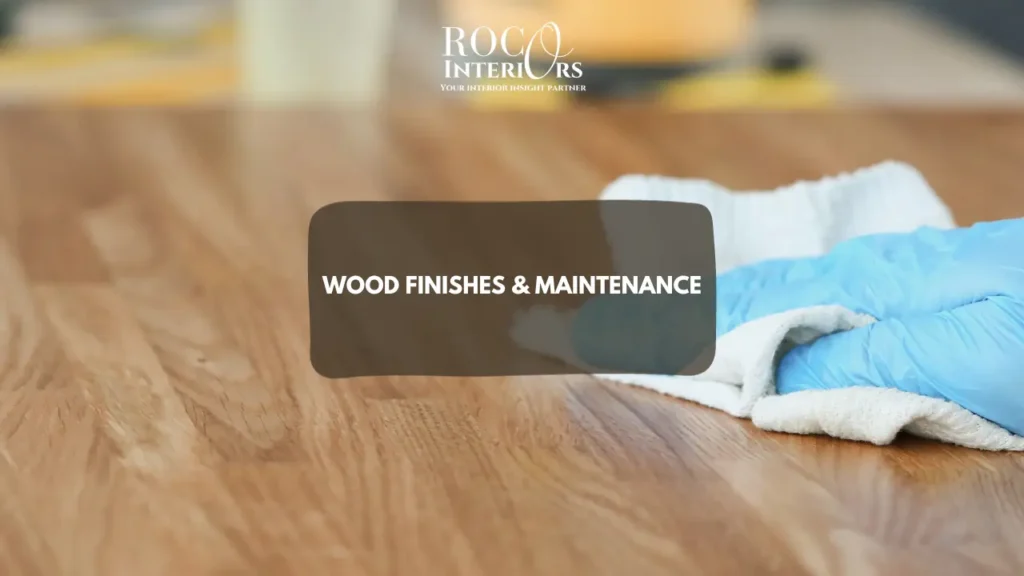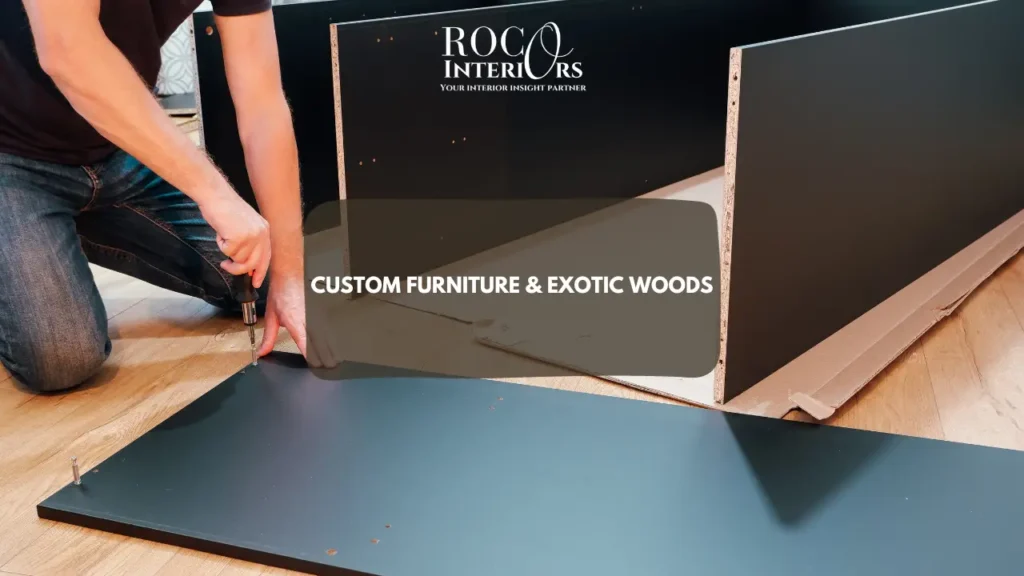Which Wood is Best for Furniture


Haseeb Ali
Furniture Guide Expert
Table of Contents
Selecting suitable wood types forms the foundation literally upholding furniture functionality and aesthetics for years. Determining ideal species balancing beauty, durability and cost for case goods means understanding inherent wood characteristics before committing. Prepare by comparing common furniture options – from domestic oak and maple to exotic teak and rosewood – on factors influencing quality, longevity and pricing.
Which Wood is Best for Furniture? We’ll outline distinguishing grain patterns, grading durability and typical finishing methods for protecting investments in cherished heirloom pieces. Soon that perfect wood matching personal style and everyday usage needs gets utilized boosting heirloom prospects.
Popular Types of Wood for Furniture
Oak – Timeless beauty and solid strength makes oak suitable for almost all furniture from flooring to cabinetry. Brownish heartwood hues show signature arching grain patterns. White oak offers pale uniform planking. English oak softly reddens over time. Durable against normal scratches withstanding daily living.
Maple – Prized for tabletops, maple takes delicate designs showing curly figure grains without overpowering discreet carvings beneath transparent sealing. Subtler whitish sapwood blends modern or traditional schemes. Strong uniform finishes lack natural rustic markings some prefer.
Cherry – Classic American heritage wood with hints of red matures into deeper garnet-highlighted graining defining Windsor chair spindles and Shaker door panels. Stains easily overtaking natural patinas so best protected by opaque coatings if color consistency matters.
Pine – Versatile softwood taking painted finishes nicely without needed stains. Classically whitewashed or pickled refining cottage, farmhouse decor when wire brushed distressing plays up rustic knots and markings. Most affordable everyday wood suitable for children’s furniture too.
Walnut – Artfully blending grayish brown heartwood and creamy sapwood makes walnut highly decorative wood applying beautifully across large surfaces like expansive tabletops and storage units. Durability suits outdoor furnishings. Expensive, so often seen veneered onto composite boards lowering costs in budget conscious decor.
Hardwood vs Softwood Which Wood is Best for Furniture

Hardwoods hold denser cellular structures including oak, maple, mahogany resisting dents and scratches making them ideal for top durability despite vulnerable areas like table edges and high traffic flooring.
Softwoods incorporate conifers including pine, cedar, redwood containing wider more porous grains susceptible to water rings and heel marks unless sealed so better for paint adhering protected children’s furniture pieces rather than natural fine finishes aimed at longevity.
Balance attractive graining limiting susceptibility choosing wood aligning pieces’ intended utility lifespan goals.
Factors to Consider When Choosing Wood

Analyze the following aspects when selecting which wood is best for furniture. Durability matters most for surfaces experiencing drinks, dining utensils and busy areas better tolerating everyday abuses over decades through woods like Ash or Hickory inherently durable absent finishes while Brazilian Ebony’s ruggedness contrasts beautifully beside Espresso Stained Oak accents.
Grain Patterning makes artistic statements with Burl Veneers spotlighting wild whorls or Bamboo’s long linear look. But limit directional grains on tabletops avoiding structural weaknesses when expansions split along parallel lines.
Color Consistency determines stain take-ups – Basswood and Poplar hold pigments reliably without ghosting undertones altering hues. While choose Cedar’s natural rustic drifts intentionally bringing woodsy warmth.
Finally, weigh Costs matching prized Blue Hues Palisander extravagance against knotty Dayak River Borneo practicality ensuring budgets afford desired statements without overspending on hidden constructions.
Wood Finishes and Maintenance

Protecting raw lumber ensures weathering elements don’t ruin investments applying.
Oils – Penetrating Tung and Danish oil finishes nourish woods like Teak or Ipe, which wood is best for furniture, preventing checking yet require frequent reapplications sealing effectively. Stains – Alter natural shades matching desired decors across wood species though limit opacity allowing grain enhancements shining through.
Paints – Wholly transform woods through obscuring solid color coverage using primers first for clean adherence across pieces. Waxes – Subtle sheens enhance shown grains same as furniture polishes protecting vintage and modern finishes keeping their just shined glow intact across seasons.
Caring for cherished wood means dusting gently, using coasters under glasses, avoiding direct sunlight fading and conditioning with oil to nourish woods lasting family generations.
Sustainable and Eco-Friendly Options
Seeking renewable and responsibly harvested woods, which wood is best for furniture, makes an environmental difference in selecting. Bamboo – A grass gaining tree-like strength when processed into furnishings comparable to some hardwoods but maturing much faster allowing sustainable culling.
Reclaimed Wood – Antique barn siding, floor joists and deconstructed buildings get rescued landing renewed purpose. Asserts valued history. Though costlier than mainstays, earth-friendly wood alternatives make ethical statements aligning principles to interiors building lasting green legacies.
Custom Furniture and Exotic Woods

Seeking unique furniture qualities, which wood is best for furniture, involves sourcing rare globally imported woods with exclusivityElements. Brazilian Rosewood – Now protected scarce crimson and chocolate textured timber once prevalent in vintage mid-century furnishings sets auction records resurrecting its extinguished supplies in customized contemporary commissions.
African Ebony Wood – Dense luxurious wood with scratch resistance perfect for grand piano keys and inlayed accents contrasting its trademark jet black drama against lighter toned species. But source ethically avoiding illegal forest harvests.
While costs run stratospherically high both in physical stock expenses and bespoke artisan craftsmanship, one-of-a-kind furniture conveys pride preserving irreplaceable wood legacies.
The Bottom Line!
Selecting furniture woods, particularly when considering which wood is best for furniture, requires balancing beauty, durability, and accessibility, making wood types esteemed staples in furnishing interiors across eras. Consider grains pairing statement aesthetics with resilient constructions standing enduring tests of family life.
Then protect chosen surfaces ensuring handsome patinas passing between generations appreciating meaningful histories woods reveal flowing through their forested roots. Soon hand-picked furniture woods become long-lived conduits connecting our human experiences making every gathering there more cherished.
FAQs
Which wood is best for outdoor furniture?
Teak stands weather-able across seasons. Cedar withstands wet climates. Dense Ipe endures intense sunlight. Seek tropical woods naturally water and insect resistant or use thick varnish sealing furnitures’ weaker spots maximizing lifespan sitting exposed.
How does the cost of different woods impact the price of furniture?
Some rare woods like Brazilian Rosewood or Claro Walnut drive up costs exponentially because supplies are extremely limited and export regulated. But more abundant domestic Cherry, Oak or Maple woods make quality handcrafted furniture somewhat affordable to wider budgets.
Can I mix different woods in one piece of furniture?
Certainly – contrasting combinations like walnut cases beside maple drawer fronts or oak frames supporting marble tops make visually captivating furniture blending textures delightfully. Just ensure similar durability and be willing to condition/protect differently.
What is the most durable wood for furniture that gets a lot of use?
English Bracing Oak historically proved reliable despite generations sitting pubs bearing drinks while Caribbean Mahoganies and Durable African Mangrove tolerate hot humid climates amidst salty sea air making both ideal for hardwearing household pieces enduring heavy usage.
How do I identify the type of wood used in my furniture?
Start by observing signature wood grain patterns – ash has loosely spaced parallel lines, maple shows wavy curly cues, and mahogany reveals interlocked irregular streaking. Then consider color variation from sapwood to heartwood. Density and hardness help distinguish soft pine versus hard oak. Check undersides for manufacturer hallmarks also identifying species used.





